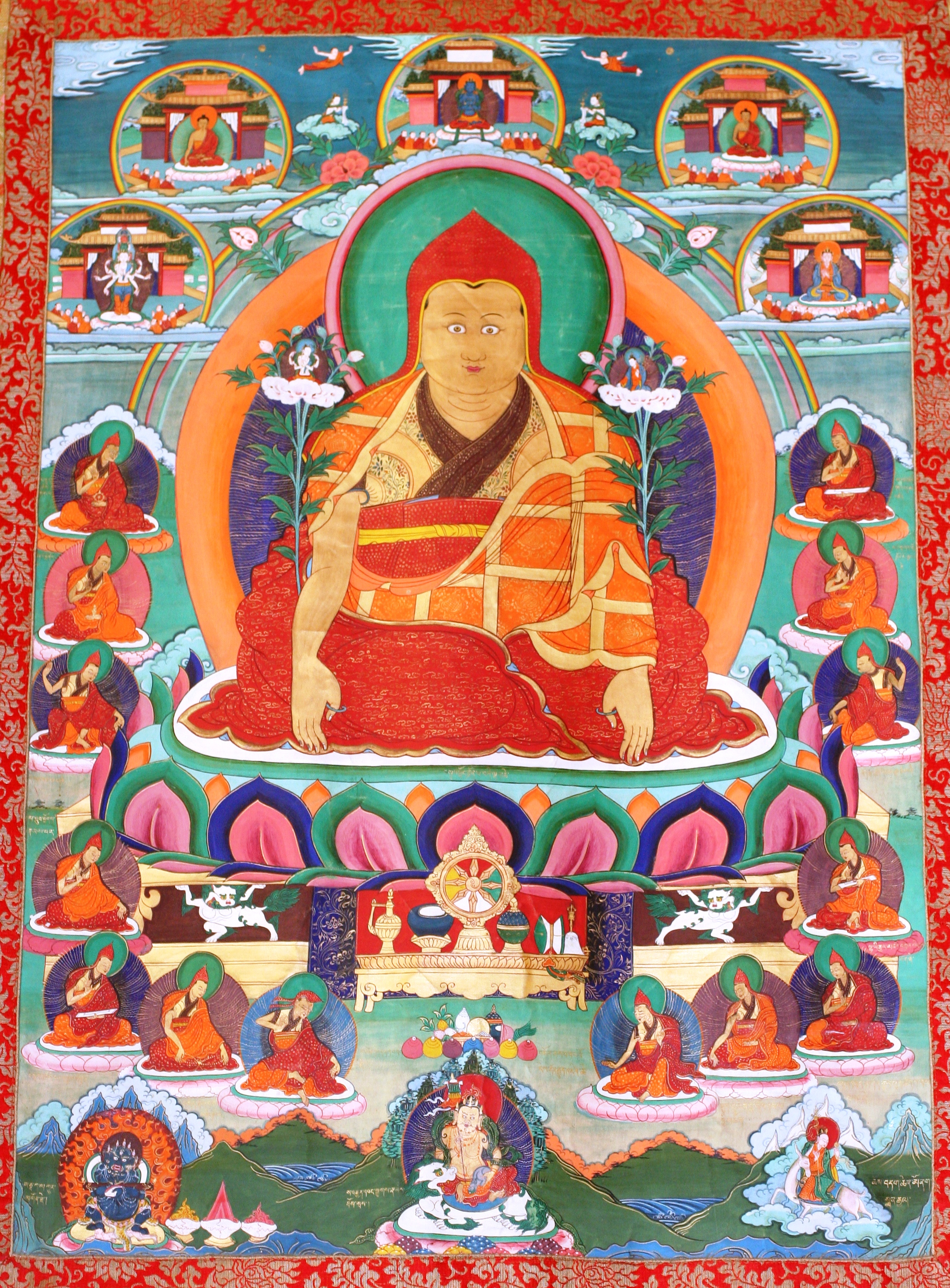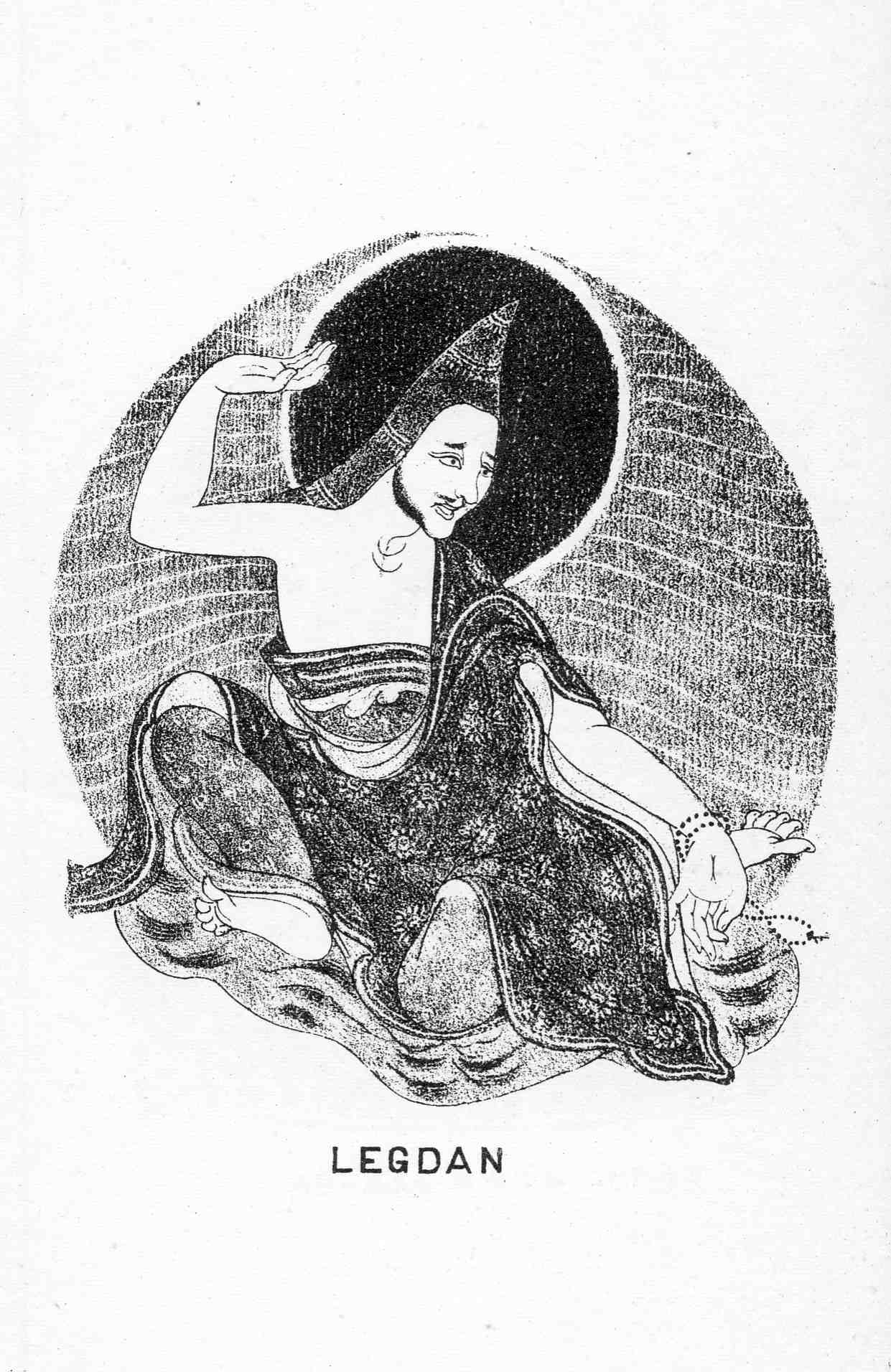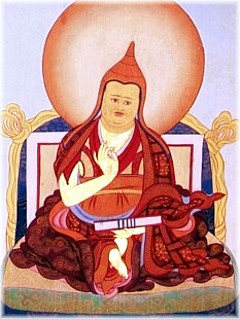Mādhyamika (Buddhism)
Enlarge text Shrink textMādhyamaka ("middle way" or "centrism"; Chinese: 中觀見; pinyin: Zhōngguān Jìan; Vietnamese: Trung quán tông; Tibetan: དབུ་མ་པ་ ; dbu ma pa), otherwise known as Śūnyavāda ("the emptiness doctrine") and Niḥsvabhāvavāda ("the no svabhāva doctrine"), refers to a tradition of Buddhist philosophy and practice founded by the Indian Buddhist monk and philosopher Nāgārjuna (c. 150 – c. 250 CE). The foundational text of the Mādhyamaka tradition is Nāgārjuna's Mūlamadhyamakakārikā ("Root Verses on the Middle Way"). More broadly, Mādhyamaka also refers to the ultimate nature of phenomena as well as the non-conceptual realization of ultimate reality that is experienced in meditation. Since the 4th century CE onwards, Mādhyamaka philosophy had a major influence on the subsequent development of the Mahāyāna Buddhist tradition, especially following the spread of Buddhism throughout Asia. It is the dominant interpretation of Buddhist philosophy in Tibetan Buddhism and has also been influential in East Asian Buddhist thought. According to the classical Indian Mādhyamika thinkers, all phenomena (dharmas) are empty (śūnya) of "nature", of any "substance" or "essence" (svabhāva) which could give them "solid and independent existence", because they are dependently co-arisen. But this "emptiness" itself is also "empty": it does not have an existence on its own, nor does it refer to a transcendental reality beyond or above phenomenal reality.
Read more on Wikipedia >
 Topic
Topic













